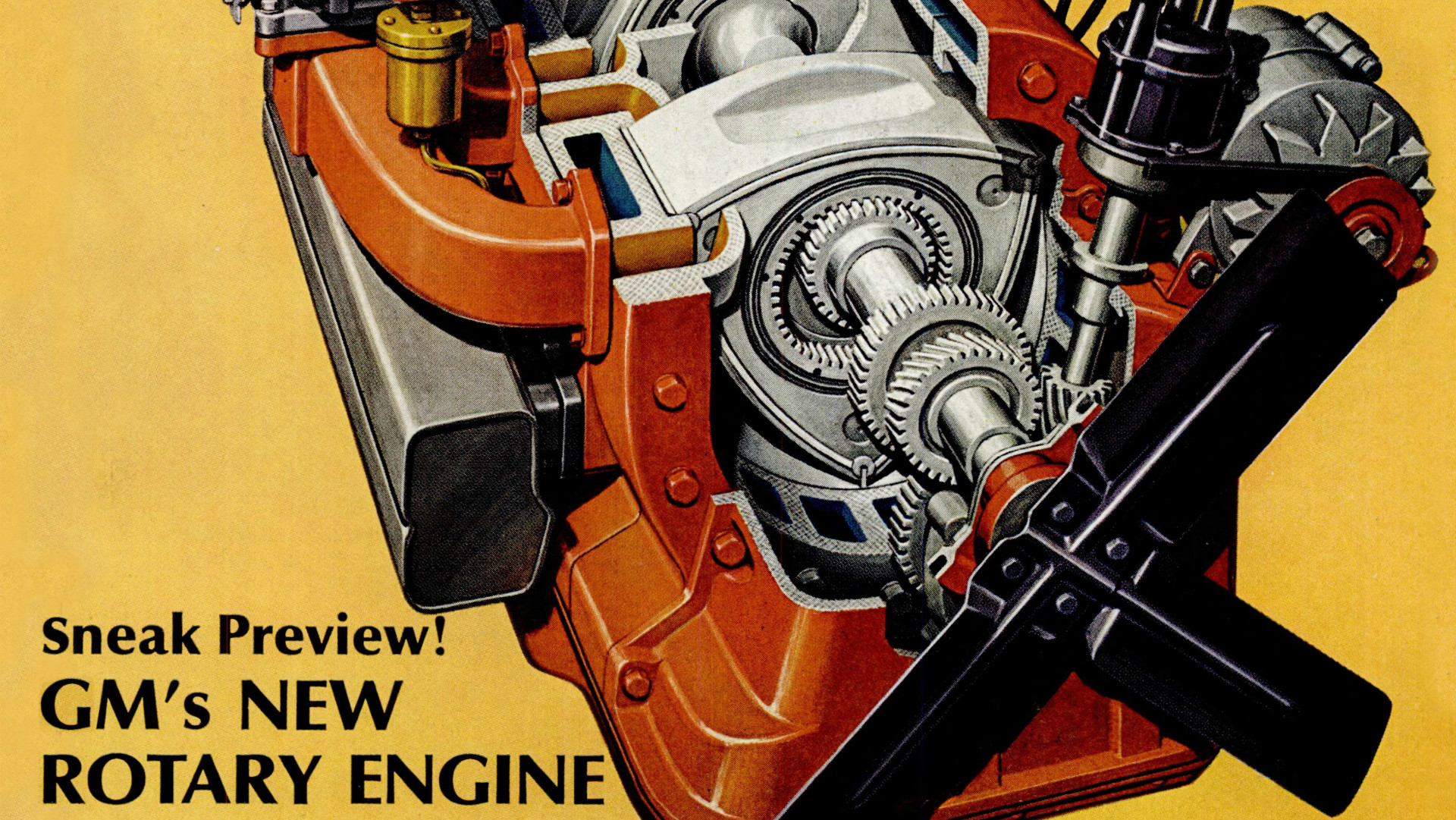

Rumors of the iconic American fiberglass-bodied V8 coupe going mid-engined have circulated for decades now. Some trustworthy sources even point to a next-gen, mid-engined C8 Corvette appearing as soon as 2018, with production beginning in late January, and plans for it to coexist with the C7 Corvette ZR1 for a time. But we’re not here to talk about the current batch of midship Corvette test mules. We’re talking about the car that gave the rumors credibility in the first place: the 1973 Aerovette, a rotary-powered oddity with a history linked to John DeLorean (yes, that DeLorean,) Porsche, and the DeTomaso Pantera.
It started out life as an internal General Motors project, codenamed XP-882, and powered by a transversely-mounted V8. Two were built in 1969, but Chevy’s general manager at the time, mister DeLorean, canned the project, citing its high cost and low chance of reaching production. After Ford announced plans in 1970 to sell the DeTomaso Pantera through its dealership network, however, GM dusted off its XP-882 prototype for display at the New York Auto Show.
The project was later revived in 1972, as the XP-895, and powered by a true frankenstein of an engine. Two GMRCE Wankel engines, originally put in Vega testbeds, were joined at the crank, forming a monstrous 8.4 liter quad-rotor engine making 420 horsepower. A twin-rotor variant, the XP-897GT, also existed.
When the GMRCE was canceled due to underperformance, the XP-895 was given a 6.6 liter V8 transplant, and was greenlit for production, starting in 1980, with the production car to use a 5.7 liter engine instead. When the biggest proponents of the Aerovette retired, however, freshly-hired chief engineer of the Corvette, Dave McLellan, shelved the Aerovette once and for all, citing concerns with both production cost and performance, believing front mid-engined cars to be a better option in both respects.
So where is the Aerovette now? Well, as the story goes, GM was about to scrap the leftover concept car, but at the last minute, a British Corvette shop owner by the name of Tom Falconer swooped in and saved it. With no drivetrain, the Aerovette was later fitted with a Mazda 13B and a Cadillac transaxle. Word has it that Zora Arkus-Duntov, the engineer who fathered the C1 Corvette, and much of the Aerovette program, claimed that the Aerovette concept itself was, embarrassingly, built on the frame of a Porsche 914.
Had the Aerovette reached production, it would have been among the first of a class of vehicle we know of today as a supercar. Now long dead, the Aerovette is but a footnote in the history of the Corvette.
